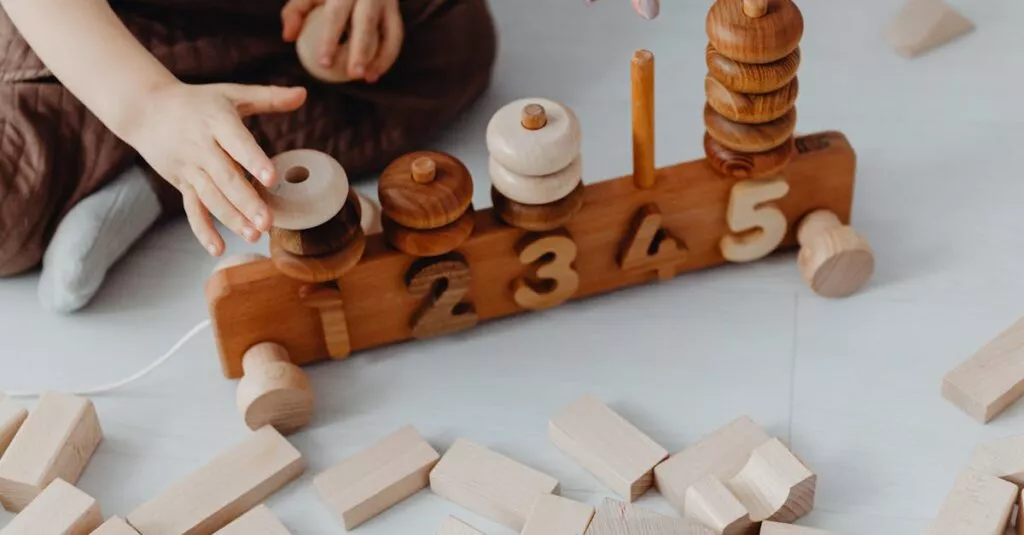Why Toy Rotation Matters
Toy rotation may seem like a new trend, but it’s a game-changer for both parents and their little ones. By regularly swapping out toys, you’ll keep your newborn engaged, minimize clutter, and foster better development.
Just like us, newborns get bored of the same old stuff. Changing things up periodically makes playtime exciting again. Think of it as bringing a twist to their daily routine. So, embrace toy rotation and watch your baby’s curiosity blossom!
Image Source: Click Here
Getting Started with Toy Rotation
Starting with toy rotation doesn’t require a degree in rocket science. First, gather all the toys you have (you might find some under the couch!). Next, categorize them into different types: sensory toys, soft toys, rattles, etc. Now, split these categories into two or three groups. Voila! You’ve got the basics down. Store the extra toys in bins or bags and bring out a new set every week. It’s like Christmas morning for your newborn!

Choosing Age-Appropriate Toys
Choosing the right toys can feel overwhelming. Focus on toys that are safe, engaging, and suitable for your baby’s developmental stage.
For Newborns:
- Soft fabrics
- Contrasting colors
- Gentle sounds
Items like soft rattles, black-and-white cards, and fabric books work wonders. Also, make sure they’re easy to clean because, let’s face it, babies are little mess makers.
Personal tip: My kid drooled on every toy, so I had a dedicated cleaning day!
Creating a Toy Rotation Schedule
Creating a toy rotation schedule is key to consistency. Start with weekly rotations, as newborns thrive on routine. Mark your calendar or set a weekly reminder on your phone. Rotate toys every Sunday, for instance, before you settle in for your evening Netflix binge. This way, you won’t forget, and your baby’s excitement will stay fresh. Flexibility is important; adjust based on what seems to captivate or bore your child. Happy rotating!
 The content has been properly transformed into HTML, with headings, paragraphs, and an image to enhance readability and engagement.
The content has been properly transformed into HTML, with headings, paragraphs, and an image to enhance readability and engagement.
Common Emotional Challenges
Toy rotation might sound perfect, but let’s talk real life. You might face some emotional challenges. Guilt might creep in when you see toys your baby never plays with, or frustration when you’re swamped with chores. Remember, it’s okay! Take small steps and be kind to yourself. I once felt like a toy-rotation failure because my baby ignored the fancy toys! Eventually, I realized simple toys worked best for him.

Engage with Our Community
We’re not alone in this parenting journey. Share your toy rotation successes and stumbling blocks with us. What worked? What flopped? We’d love to hear your stories!
Comment below or join our parenting forum. Let’s build a support network and learn from each other. Sometimes the best advice comes from a fellow sleep-deprived parent who’s been there, done that!

